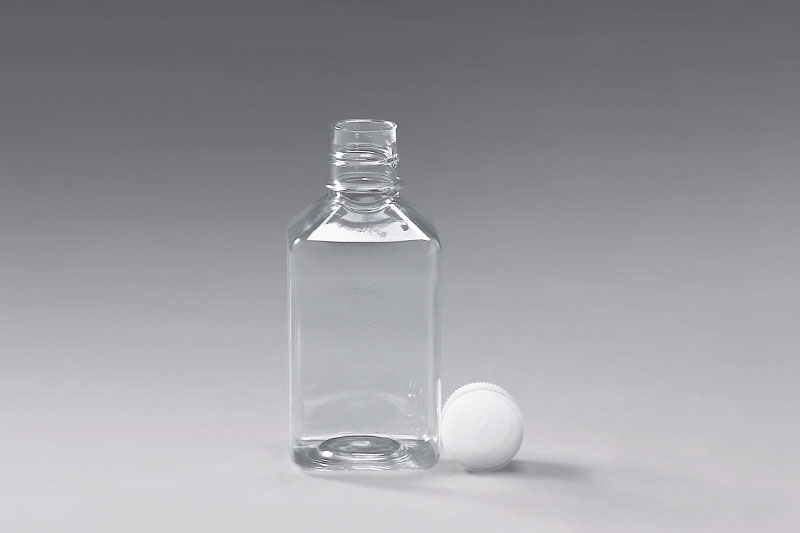혈청은 혈장에서 피브리노겐을 제거한 후 콜로이드성 액체를 말합니다. 인간 및 동물 혈청은 일반적으로 질병 진단에 도움이 되는 다양한 혈청학적 검사에 사용됩니다. 혈청은 일반적으로 -5°C ~ -20°C의 전용 혈청 병에 보관됩니다. 세럼은 보관 온도 조건이 까다롭기 때문에 media bottle 보관 용기의 특성은 무엇입니까?
1. 미디어 병의 재질은 대부분 투명 폴리에스터(PET)로 되어 있습니다. 이 물질은 무독성이며 무미하며 높은 투명도, 우수한 저온 저항성, 우수한 내충격성을 가지며 대부분의 산 및 알칼리 용매의 부식에 저항할 수 있어 혈청 동결 보존 요구 사항을 완전히 충족합니다.
2. 미디어 병의 모양은 일반 액체 플라스틱 병과 다르지만 사각형 모양으로 설계되었습니다. 이 디자인은 인체 공학적이고 세럼을 잡고 보관하기 쉽습니다.
3. 전자빔 멸균 후 DNase, RNase 및 열원이 없습니다. 혈청은 세포 성장의 기본 영양소이며 혈청의 순도와 무균성을 확보하는 것이 세포 성장의 기본 조건입니다. 따라서 배지 병은 no DNase, no RNase 및 no pyrogen.
4의 요구 사항을 충족하도록 특별히 멸균됩니다. 병 본체에는 저울이 있으며 다양한 사양은 선택 사항입니다. 배지 병의 병 본체에는 일반적으로 혈청의 특정 부피를 쉽게 관찰할 수 있도록 눈금이 표시되어 있습니다. 일반적인 사양은 250ml, 500ml, 1000ml이며, 혈청의 종류와 용도에 따라 다른 사양을 선택하실 수 있습니다.
상기는 미디어병의 특성입니다. 미디어 병은 고온 고압으로 살균할 수 없다는 점에 유의해야 합니다. 혈청이나 시약을 보관하는 용도로만 사용할 수 있으며 가열 용기로는 사용할 수 없습니다.
The FAI climbed 5.9 percent year-on-year in the first 11 months of 2018, quickening from the 5.7-percent growth in Jan-Oct, the National Bureau of Statistics (NBS) said Friday in an online statement.
The key indicator of investment, dubbed a major growth driver, hit the bottom in August and has since started to rebound steadily.
In the face of emerging economic challenges home and abroad, China has stepped up efforts to stabilize investment, in particular rolling out measures to motivate private investors and channel funds into infrastructure.
Friday's data showed private investment, accounting for more than 60 percent of the total FAI, expanded by a brisk 8.7 percent.
NBS spokesperson Mao Shengyong said funds into weak economic links registered rapid increases as investment in environmental protection and agriculture jumped 42 percent and 12.5 percent respectively, much faster than the average.
In breakdown, investment in high-tech and equipment manufacturing remained vigorous with 16.1-percent and 11.6-percent increases respectively in the first 11 months. Infrastructure investment gained 3.7 percent, staying flat. Investment in property development rose 9.7 percent, also unchanged.
 English
English



















































